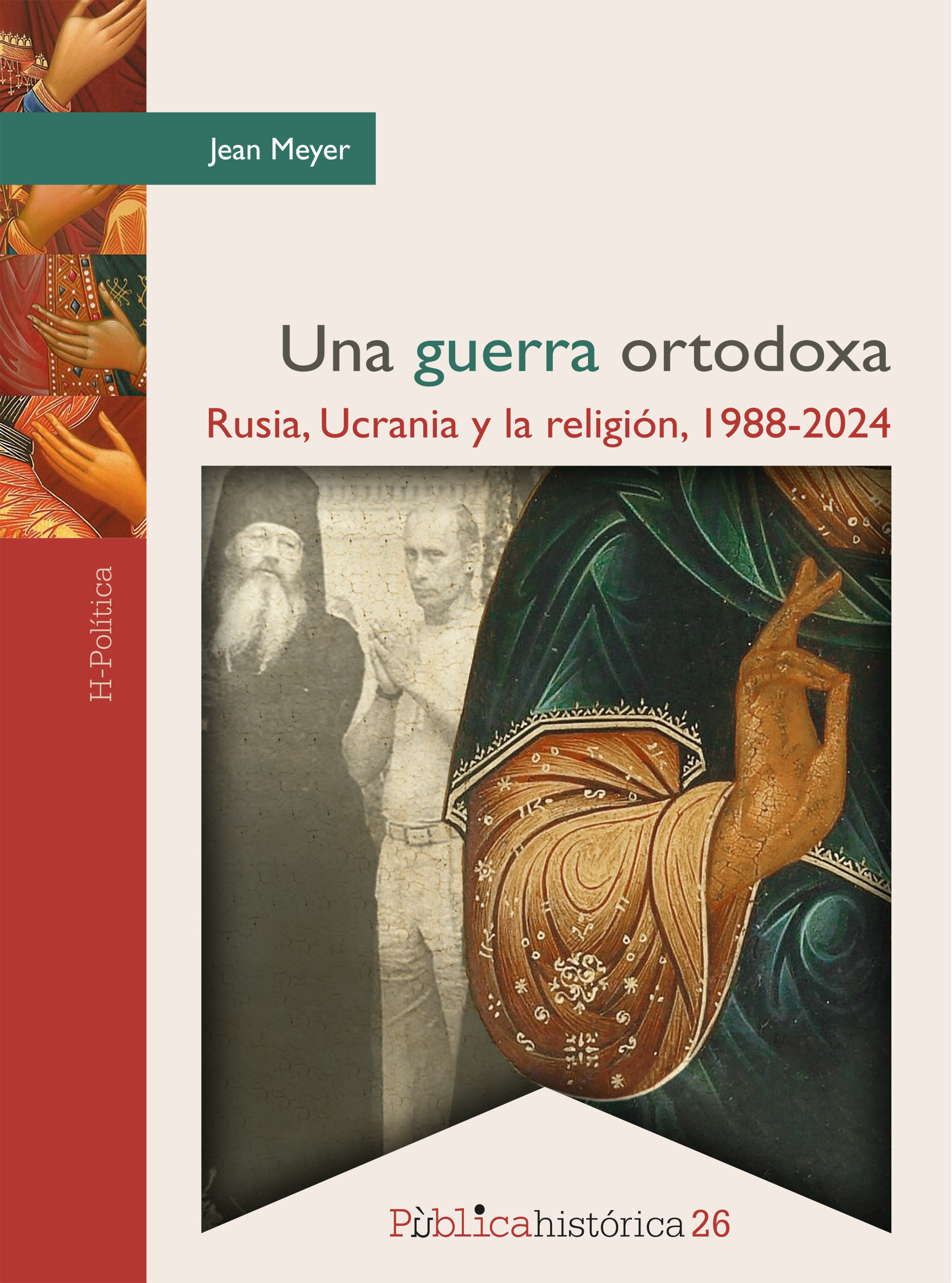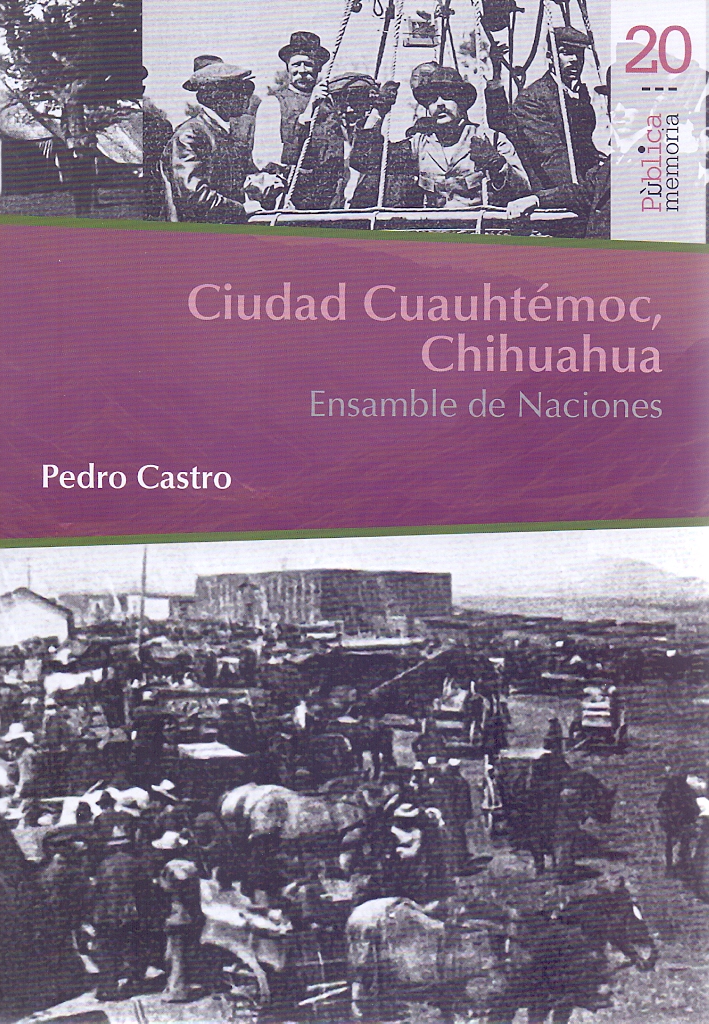Libros relacionados
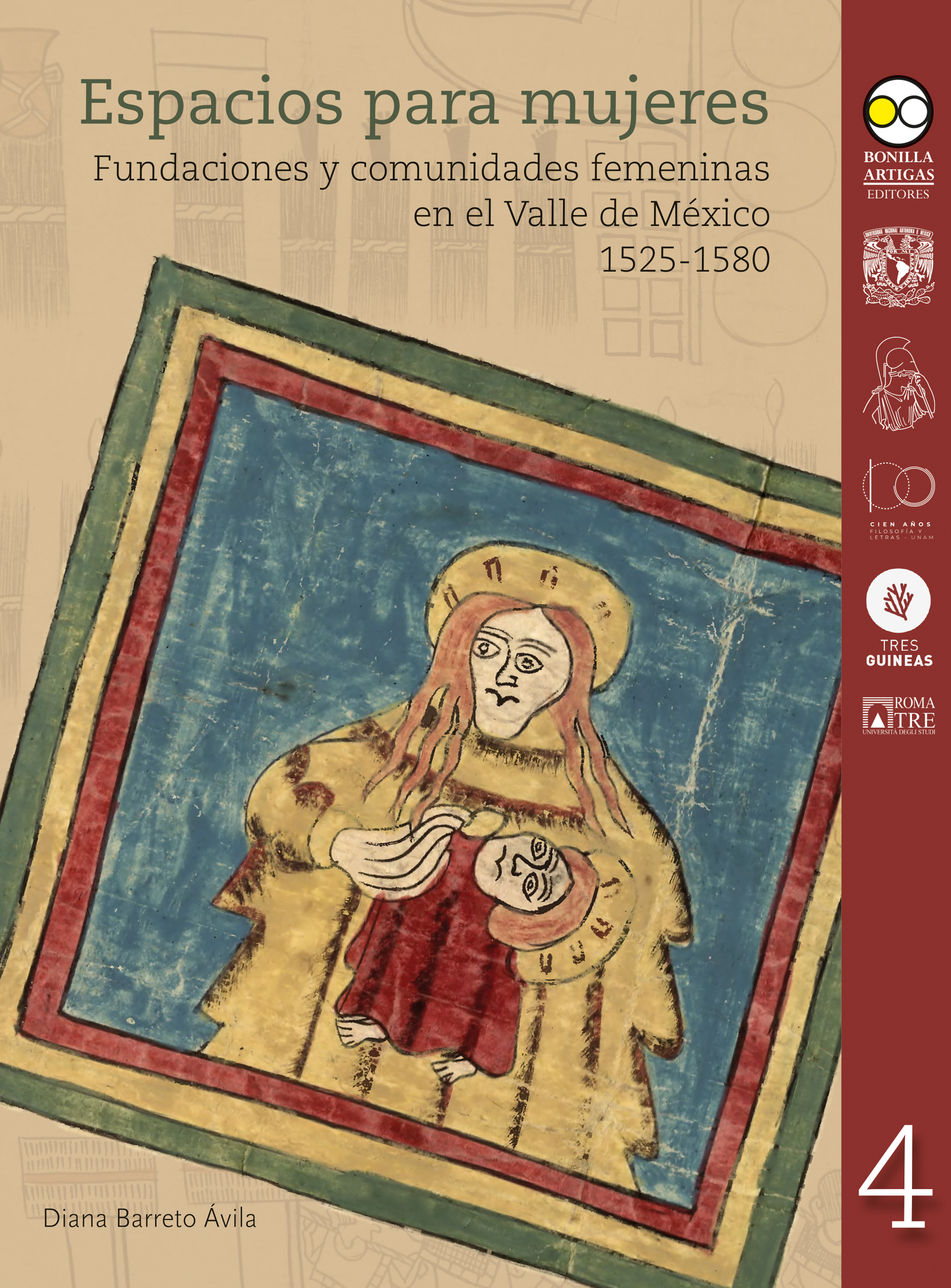 |
Espacios Para Mujeres: Fundaciones y Comunidades Femeninas en el Valle de Méxic Barreto Ávila, Diana Bonilla Artigas Editores |
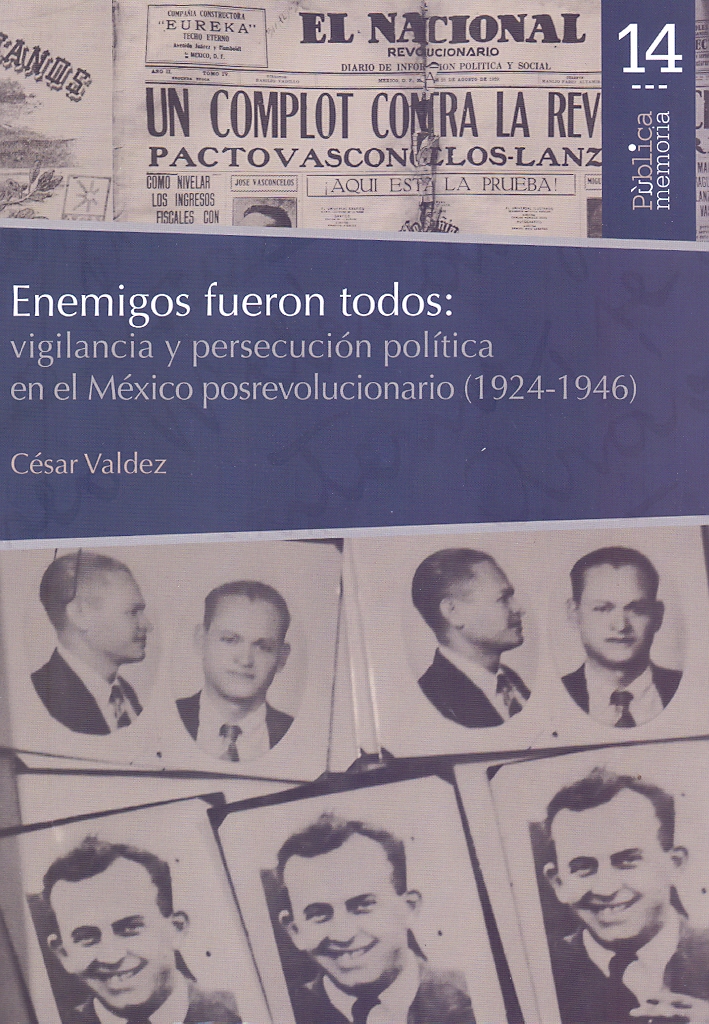 |
Enemigos Fueron Todos: Vigilancia y Persecución Política en el México Posrevoluc Valdez César Bonilla Artigas Editores |
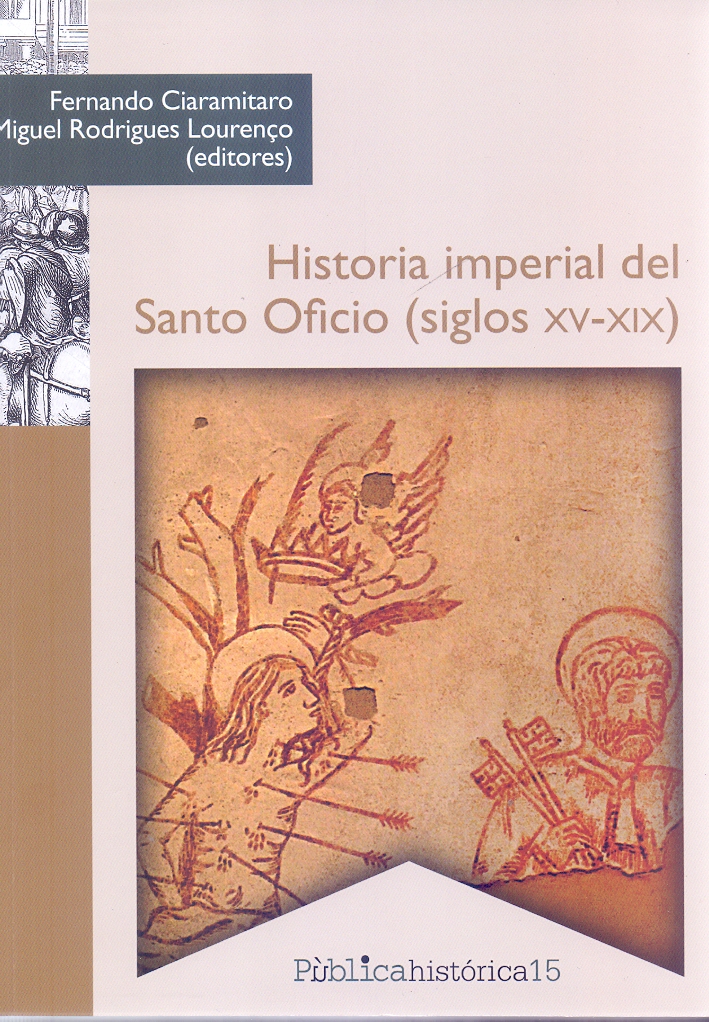 |
Historia Imperial del Santo Oficio (Siglos XV-Xix) Fernando Ciaramitaro, Miguel Rodrigues Lourenço Bonilla Artigas Editores |
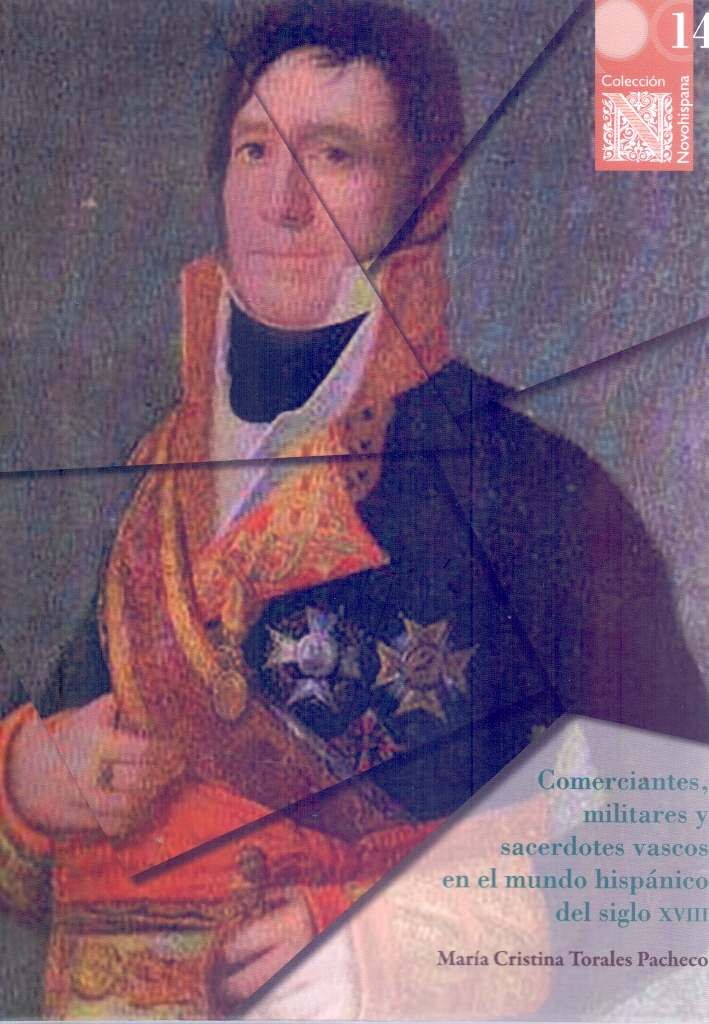 |
Comerciantes, Militares y Sacerdotes Vascos en el Mundo Hispánico del Siglo XVII Torales Pacheco, María Cristina Bonilla Artigas Editores |
 |
El Crisol y la Flama: Grupos Sociales y Cofradías en Pátzcuaro (Siglos XVI y XVI Flores García, Laura Gemma Bonilla Artigas Editores |
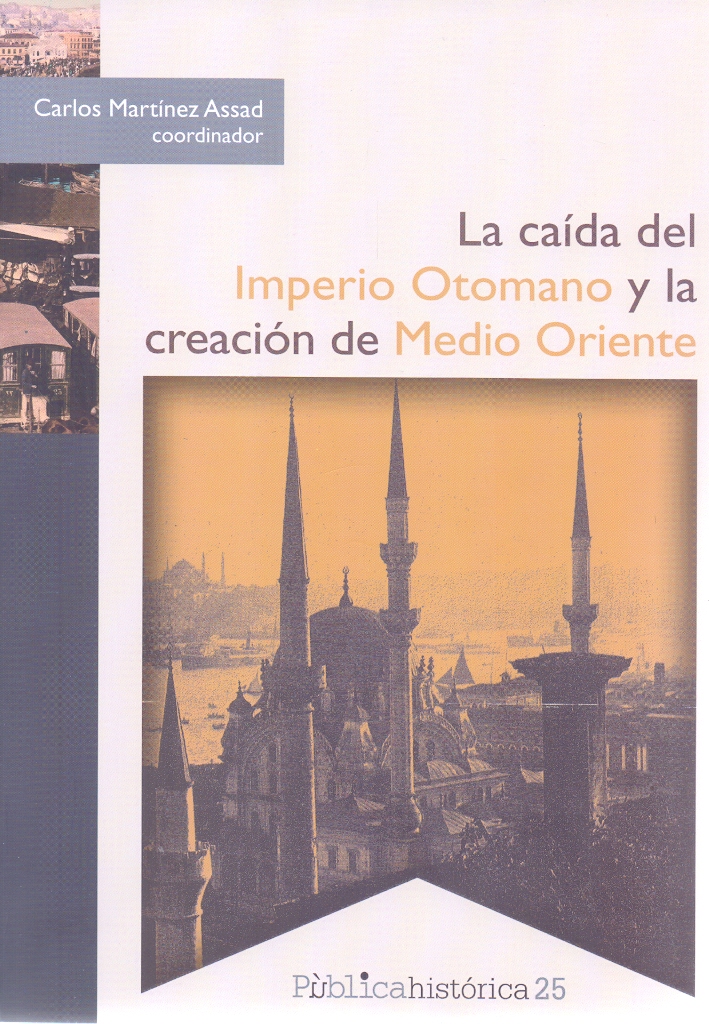 |
La Caída del Imperio Otomano y la Creación de Medio Oriente Carlos Martínez Assad Bonilla Artigas Editores |
 |
Exilio Español y Su Vida Cotidiana en México, El. Serrano Migallón, Fernando; Woldenberg José Bonilla Artigas Editores |


|
Título: The Age Of The Vikings | |
| Autor: Winroth Anders | Precio: $480.00 | |
| Editorial: Princeton | Año: 2014 | |
| Tema: Historia, Humanidades | Edición: 1ª | |
| Sinopsis | ISBN: 9780691149851 | |
| The Vikings maintain their grip on our imagination, but their image is too often distorted by medieval and modern myth. It is true that they pillaged, looted, and enslaved. But they also settled peacefully and developed a vast trading network. They traveled far from their homelands in swift and sturdy ships, not only to raid, but also to explore. Despite their fearsome reputation, the Vikings didn t wear horned helmets, and even the infamous berserkers were far from invincible. By dismantling the myths, The Age of the Vikings allows the full story of this period in medieval history to be told. By exploring every major facet of this exciting age, Anders Winroth captures the innovation and pure daring of the Vikings without glossing over their destructive heritage. He not only explains the Viking attacks, but also looks at Viking endeavors in commerce, politics, discovery, and colonization, and reveals how Viking arts, literature, and religious thought evolved in ways unequaled in the rest of Europe. He shows how the Vikings seized on the boundless opportunities made possible by the invention of the longship, using it to venture to Europe for plunder, to open new trade routes, and to settle in lands as distant as Russia, Greenland, and the Byzantine Empire. Challenging the image of the Vikings that comes so easily to mind, Winroth argues that Viking chieftains were no more violent than men like Charlemagne, who committed atrocities on a far greater scale than the northern raiders. Drawing on a wealth of written, visual, and archaeological evidence, The Age of the Vikings sheds new light on the complex society and culture of these legendary seafarers. | ||
Librería Bonilla SA de CV © Todos los derechos reservados. 2019
Última actualización: Jul 2019



